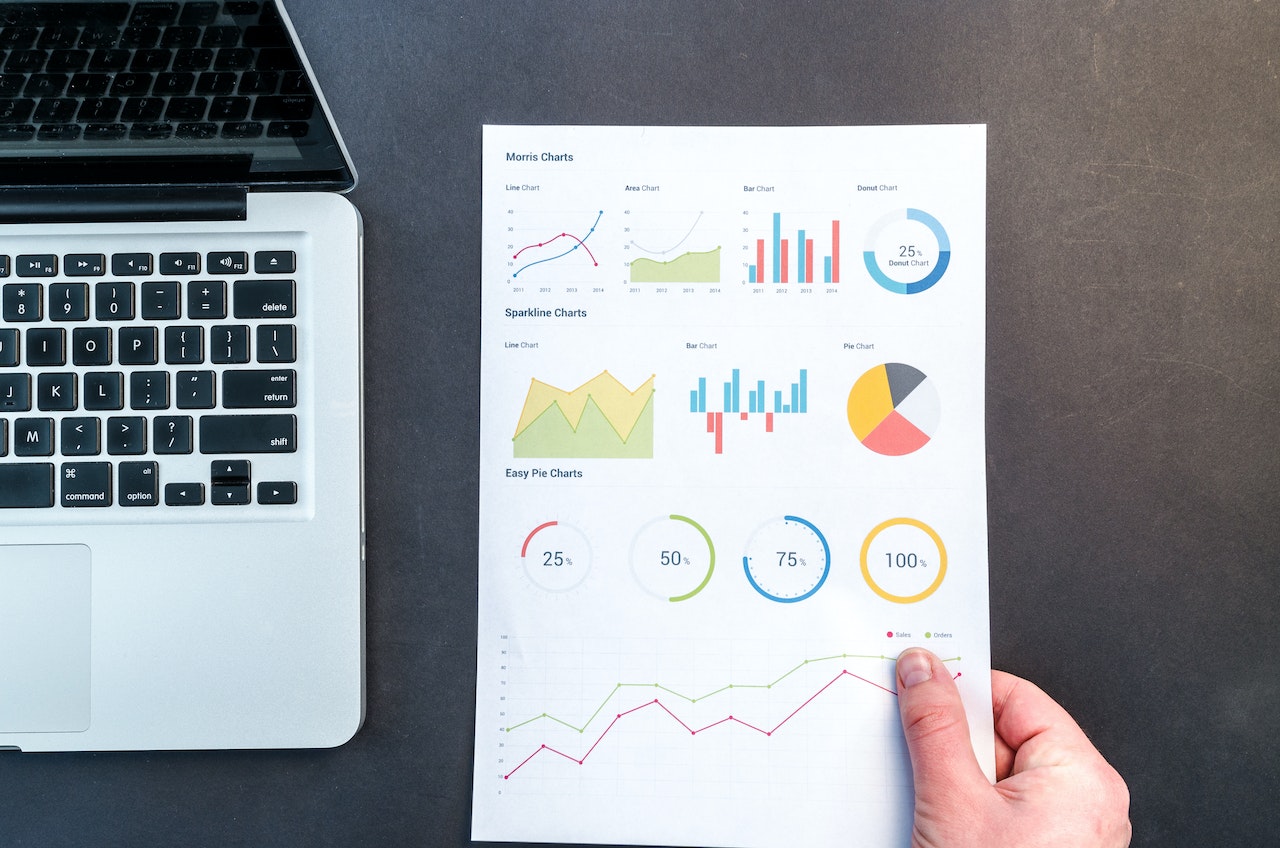As social media platforms have become increasingly popular, it has become crucial for individuals and businesses alike to maintain an active and optimized social media presence. A social media dashboard is an essential tool that allows you to track your social media accounts’ performance and engagement in one place.

Here are some tips for optimizing your social media dashboard:
- Define Your Goals: Before you start optimizing your social media dashboard, it is essential to define your goals. What are you trying to achieve with your social media accounts? Are you looking to increase brand awareness, drive traffic to your website, or generate leads? Once you have a clear idea of your goals, you can use your social media dashboard to track your progress and make data-driven decisions.
- Choose the Right Social Media Platforms: Not all social media platforms are created equal. Depending on your goals and target audience, some platforms may be more effective than others. For example, if you are targeting a younger demographic, you may want to focus on platforms like TikTok and Instagra. While LinkedIn may be a better option for B2B businesses.
- Use a Social Media Management Tool: There are many social media management tools available that can help you manage and optimize your social media accounts. These tools can help you schedule posts, monitor your accounts, and track your performance. Some popular options include Hootsuite, Buffer, and Sprout Social.
- Track Your Metrics: To optimize your social media dashboard, it is essential to track your metrics. This includes metrics like engagement rates, follower growth, and website traffic. By tracking these metrics, you can identify what is working and what is not and make data-driven decisions to improve your performance.
- Customize Your Dashboard: Many social media management tools allow you to customize your dashboard to suit your needs. This means you can choose which metrics to track, set up custom reports, and create custom alerts. By customizing your dashboard, you can focus on the metrics that matter most to you and make it easier to identify areas for improvement.
- Use Hashtags: Hashtags are an essential tool for increasing your reach on social media. By using relevant hashtags, you can increase your visibility and reach a wider audience. Use tools like Hashtagify to identify popular hashtags in your niche and incorporate them into your posts.
- Optimize Your Content: The content you post on social media can have a significant impact on your performance. To optimize your content, it is essential to understand what resonates with your audience. Use tools like BuzzSumo to identify popular content in your niche and use that as inspiration for your own posts.
- Engage with Your Audience: Social media is a two-way conversation, so it is essential to engage with your audience. This includes responding to comments, liking and sharing user-generated content, and participating in conversations relevant to your brand.
- Monitor Your Competitors: Keeping an eye on your competitors can help you identify areas where you can improve your performance. Use tools like Social Blade to track your competitors’ social media accounts and identify what is working for them.
- Experiment and Test: Finally, social media is constantly evolving, so it is essential to experiment and test different strategies to see what works best for your brand. Try new tactics, track your performance, and make data-driven decisions to optimize your social media dashboard over time.
Conclusion
Optimizing your social media dashboard requires a combination of strategy, tools, and experimentation. By defining your goals, tracking your metrics, customizing your dashboard, and engaging with your audience, you can improve your social media performance and achieve your goals.

